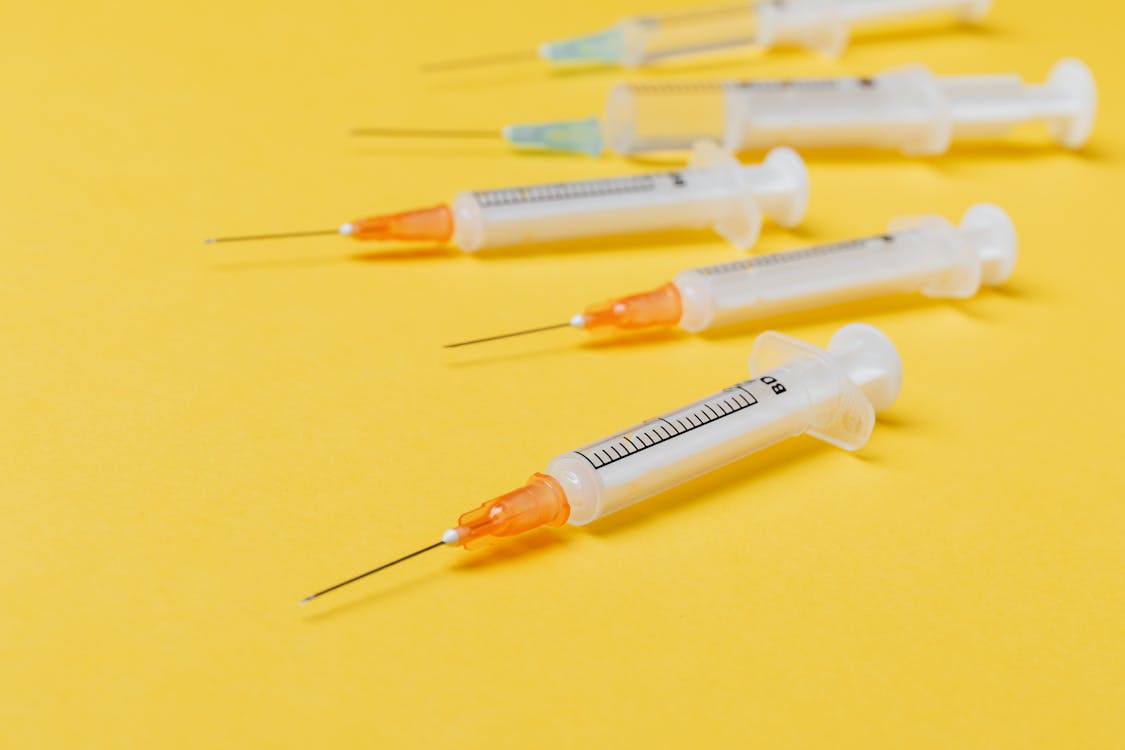Pumping Iron in the Countryside: The Challenges of IPED Use in Rural Areas
Written by Dr Kyle Mulrooney
 The use of image and performance enhancing drugs (IPEDs) is a growing issue, with users seeking to enhance their physical appearance and athletic performance. While much research has been done on IPED use, little attention has been paid to how rurality shapes IPED use and access to harm reduction services. This is a critical gap, as rural populations face unique challenges in accessing health services, and their experiences may differ from those living in urban areas.
The use of image and performance enhancing drugs (IPEDs) is a growing issue, with users seeking to enhance their physical appearance and athletic performance. While much research has been done on IPED use, little attention has been paid to how rurality shapes IPED use and access to harm reduction services. This is a critical gap, as rural populations face unique challenges in accessing health services, and their experiences may differ from those living in urban areas.
Dr. Luke Turnock and Dr. Kyle Mulrooney recently published an article in the journal Contemporary Drug Problems titled Exploring the Impacts of Rurality on Service Access and Harm Among Image and Performance Enhancing Drug (IPED) Users in a Remote English Region. The article is open access if you would like to read it in its entirety.
The study, conducted in a rural region of the United Kingdom, aimed to explore the barriers to accessing harm reduction services among steroid users. The research highlights the challenges faced by steroid users living in remote and often deprived areas. Specifically, the study found that while transport limitations and physical access to specialist services were highlighted as issues by participants, this was generally identified as an exacerbating factor on top of more significant barriers, surrounding perceptions of stigma and distrust of healthcare providers.
 Steroid users in rural areas faced greater concerns over the personal impacts of being identified as a user on employment prospects. Additionally, the impact of small-town surveillance and stigma exacerbated the issue. As such, one key finding was the importance of anonymity to steroid users. Rural gym users, in particular, expressed the need to access injecting equipment and advice without being identified by neighbours and friends, which is made difficult by small-town contexts. There was also a need to seek health advice and monitoring without risking this being permanently recorded on medical records, in a way that could harm future employment prospects.
Steroid users in rural areas faced greater concerns over the personal impacts of being identified as a user on employment prospects. Additionally, the impact of small-town surveillance and stigma exacerbated the issue. As such, one key finding was the importance of anonymity to steroid users. Rural gym users, in particular, expressed the need to access injecting equipment and advice without being identified by neighbours and friends, which is made difficult by small-town contexts. There was also a need to seek health advice and monitoring without risking this being permanently recorded on medical records, in a way that could harm future employment prospects.
Connected to this, the study found that economic deprivation and class played a significant role in access to harm reduction services, with those perceiving they had few career prospects outside of the military being especially vulnerable. Particularly in regions where physical labour such as quarrying, agriculture, or the military are the primary avenues for good employment prospects among working-class men, understanding how IPED use may intersect with the strains of demanding physical labour is significant in directing harm reduction.
 The impact of masculinities was also highlighted in the study, indicating that cultural conceptions of masculinity must be considered in discussing steroid use and harm, even when focusing on service access. Work to address issues in harm reduction access must consider not only perceptions of stigma among steroid users but also appropriate messaging to navigate self-stigma surrounding healthcare access among rural men.
The impact of masculinities was also highlighted in the study, indicating that cultural conceptions of masculinity must be considered in discussing steroid use and harm, even when focusing on service access. Work to address issues in harm reduction access must consider not only perceptions of stigma among steroid users but also appropriate messaging to navigate self-stigma surrounding healthcare access among rural men.
In conclusion, the study underscores the importance of understanding the challenges faced by steroid users in rural communities. Steroid use is a growing concern, and it is vital that policymakers and healthcare providers recognise the unique barriers faced by this population. By doing so, we can develop programs that meet the needs of steroid users and increase their engagement with harm reduction services.
Images in this blog post
The first image in this post, of the man riasing barbells, was created by the author using the AI software Dall-E using the promnpt “farmer lifting weights in paddock in a realist style”. The other images in this post are from pexels.com

